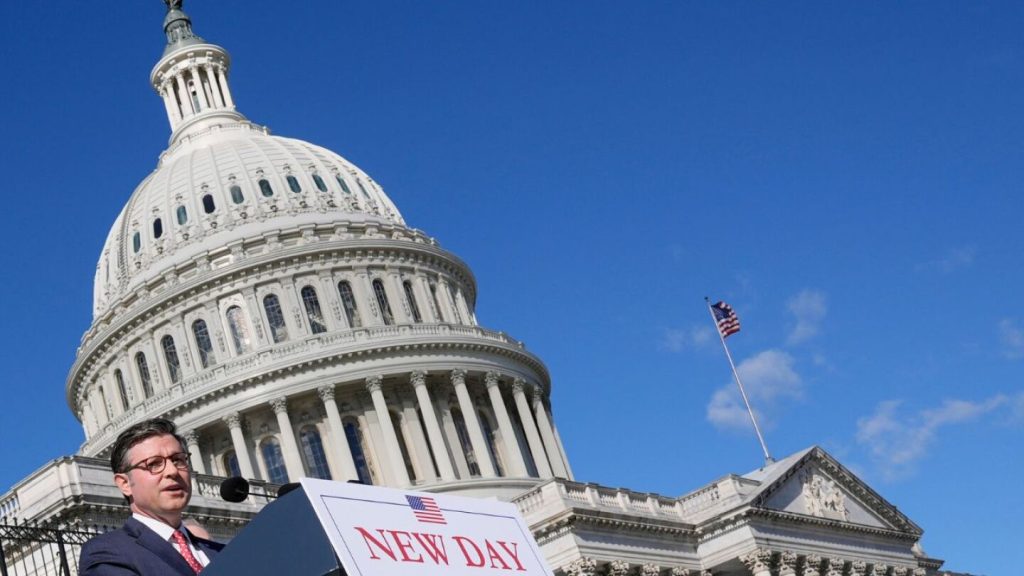In a stunning turn of events, Republicans have managed to retain control of the House of Representatives following the recent midterm elections. Despite numerous predictions forecasting a Democratic wave, the GOP managed to hold onto their majority in the House, completing a clean sweep of the midterm races. This unexpected outcome has left many political analysts and pundits scratching their heads as they try to make sense of how the Republicans were able to defy the odds and maintain control of one chamber of Congress.
The election results have dealt a significant blow to the Democratic party, which had high hopes of securing a majority in the House and gaining a foothold in the legislative branch. Many Democratic candidates, backed by a surge in grassroots activism and fundraising, mounted strong campaigns in key battleground districts. However, their efforts fell short as the Republican incumbents managed to fend off tough challenges and secure victory in closely contested races. The GOP’s ability to maintain control of the House will undoubtedly impact the party’s legislative agenda and ability to advance their policy priorities.
One factor that likely contributed to the Republican’s success in retaining control of the House was the strong support they received from President Donald Trump. The president crisscrossed the country in the weeks leading up to the elections, holding rallies and campaigning on behalf of Republican candidates. Trump’s aggressive campaigning style and ability to energize his base played a significant role in turning out Republican voters and boosting turnout in key districts. The president’s unconventional approach to campaigning may have been divisive, but it ultimately proved effective in helping the GOP secure victory in the House.
In addition to Trump’s support, Republicans also benefitted from a strong economy and low unemployment rates, which are often credited as key factors in helping the party maintain control of the House. The GOP campaigned heavily on their role in passing tax cuts and rolling back regulations, highlighting the economic gains that have been made under Republican leadership. These messages resonated with voters in key battleground districts, who ultimately chose to stick with the GOP rather than risk a change in leadership that could potentially disrupt the current economic growth.
Looking ahead, the Republican-controlled House will undoubtedly face significant challenges in the coming months, including the need to work with a Democratic-controlled Senate and a divided Congress. The GOP will have to navigate policy disagreements with the Democratic party and find common ground on key issues such as healthcare, immigration, and infrastructure. Despite these challenges, Republicans are likely to use their majority in the House to push forward their agenda and continue to implement their policy priorities. With the 2020 presidential election on the horizon, the GOP’s ability to retain control of the House will undoubtedly shape the political landscape in the years to come.
Overall, the Republicans’ unexpected victory in retaining control of the House has sent shockwaves through the political world and left many observers questioning the accuracy of their predictions. The outcome of the midterm elections has highlighted the unpredictability of American politics and the importance of turnout and grassroots organizing in shaping electoral outcomes. As both parties regroup and analyze the results of the midterms, Republicans are celebrating their unlikely triumph while Democrats are left to ponder what went wrong and how they can regroup for future elections.


